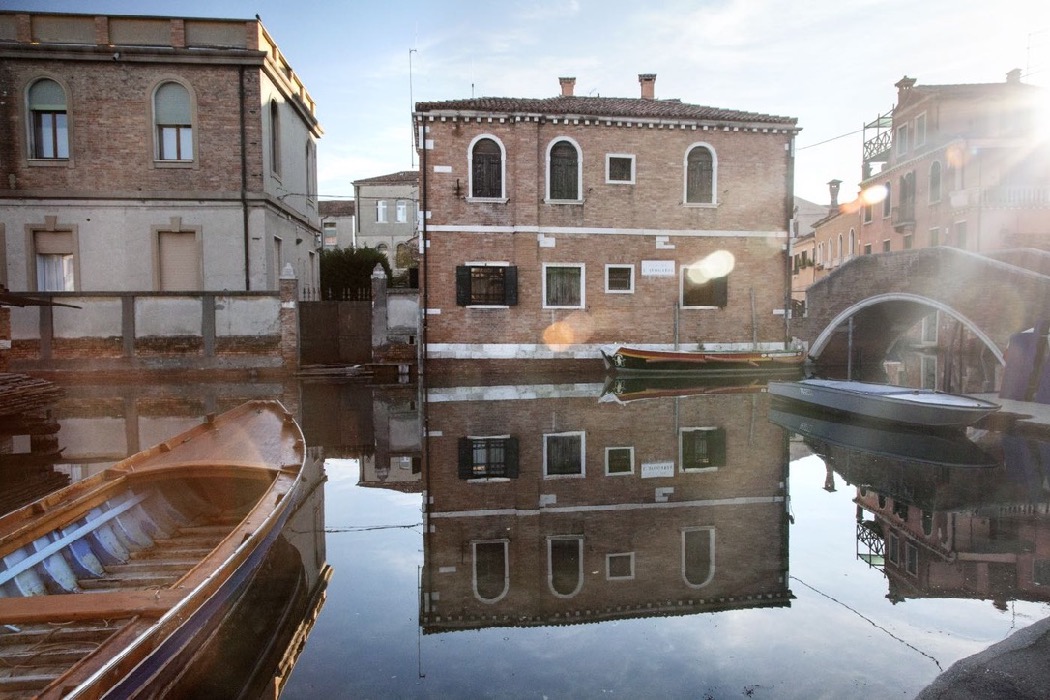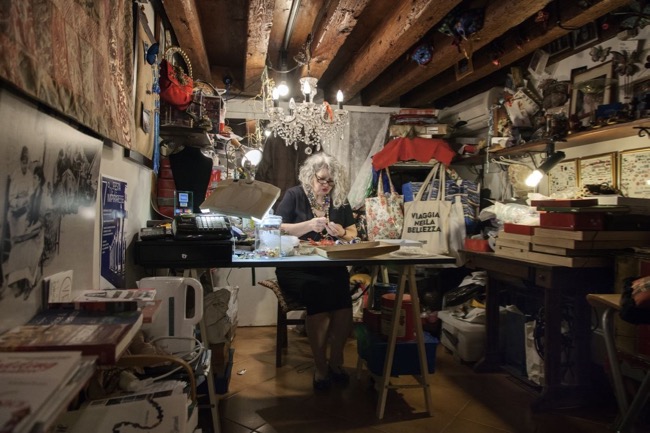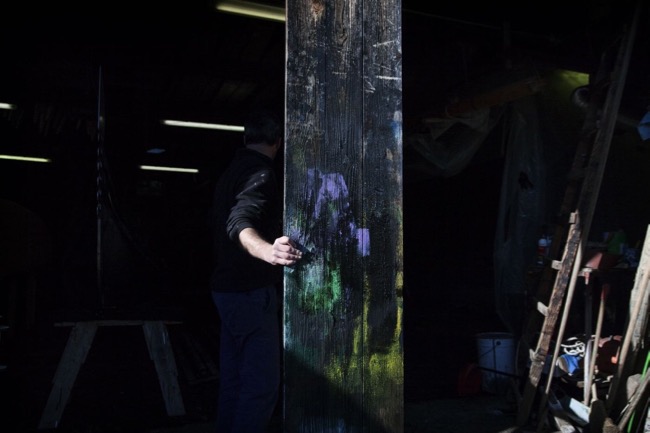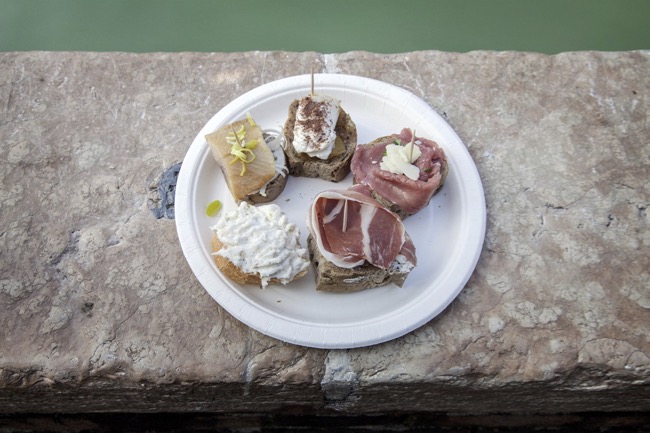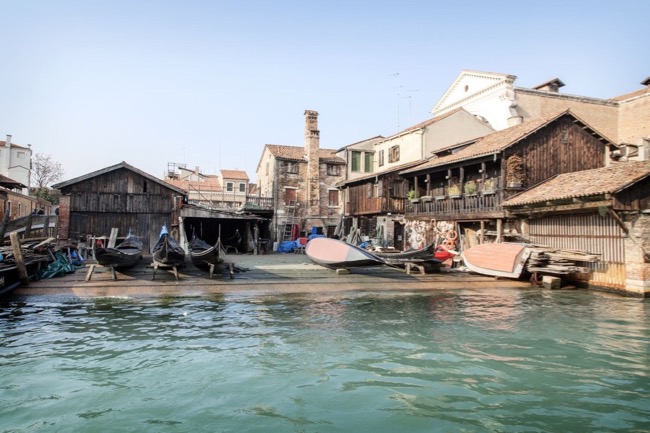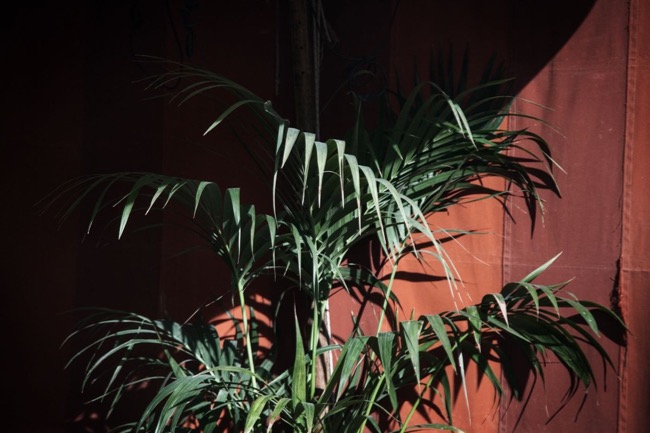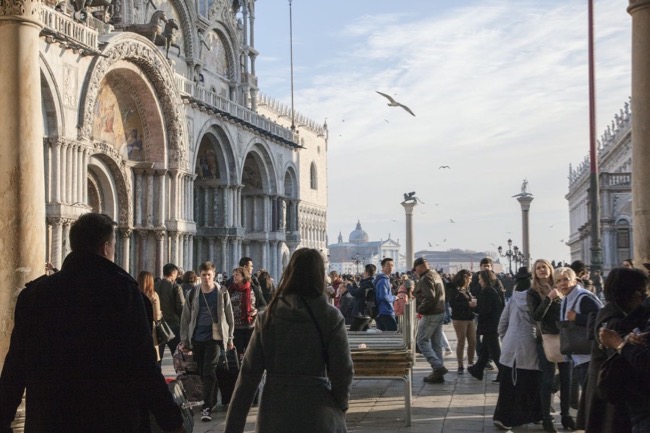“Excuse me, could you tell me the way to St Mark’s Square?” I’ve answered this question many times, and always with a simple “Straight on!” In Venice all roads lead to Piazza San Marco, the ultimate destination, the goal you must reach so you can say you’ve really visited the City of Bridges. My advice is to make your way there without keeping one eye on the clock, and lose yourself among palaces and unknown campi, leaving room for pleasant surprises. Forget about rushing around, and ticking off all the sights.
When you cross the Ponte della Libertà bridge, which separates the island from the mainland, you’re not visiting a theme park, nor is this a city lamenting its glorious past. Although it’s invaded by millions of tourists every year, Venice’s soul can still enchant, envelop and capture those who know how to look and listen.
One thing that still surprises me after so many years is seeing people visiting the Casa delle Girandole, behind Campo San Rocco, just ten minutes from Santa Lucia Station. Until the early 2000s, the façade of this house was decorated with hundreds of handmade wooden windmills, suns, stars and moons crafted by the gentleman who lived there. His name was Donato Zangrossi and, as Giada Carraro tells us in her book “La Casa delle Girandole”, he was a poet and astronomer in love with the stars and the wonder of creation.
Sadly, the windmills fell into disrepair following the disappearance of their craftsman, but many visitors still come here with the hope of seeing them again and reliving the memories of a discovery that often happened by chance, along the way to San Marco or Rialto. This is symbolic of the connection that Venice instils in its more sensitive visitors. Once you’ve discovered its authentic and secret sides, it’s impossible to forget them. Every corner is full of them. All you need is to know how to look, and how to stand still.


